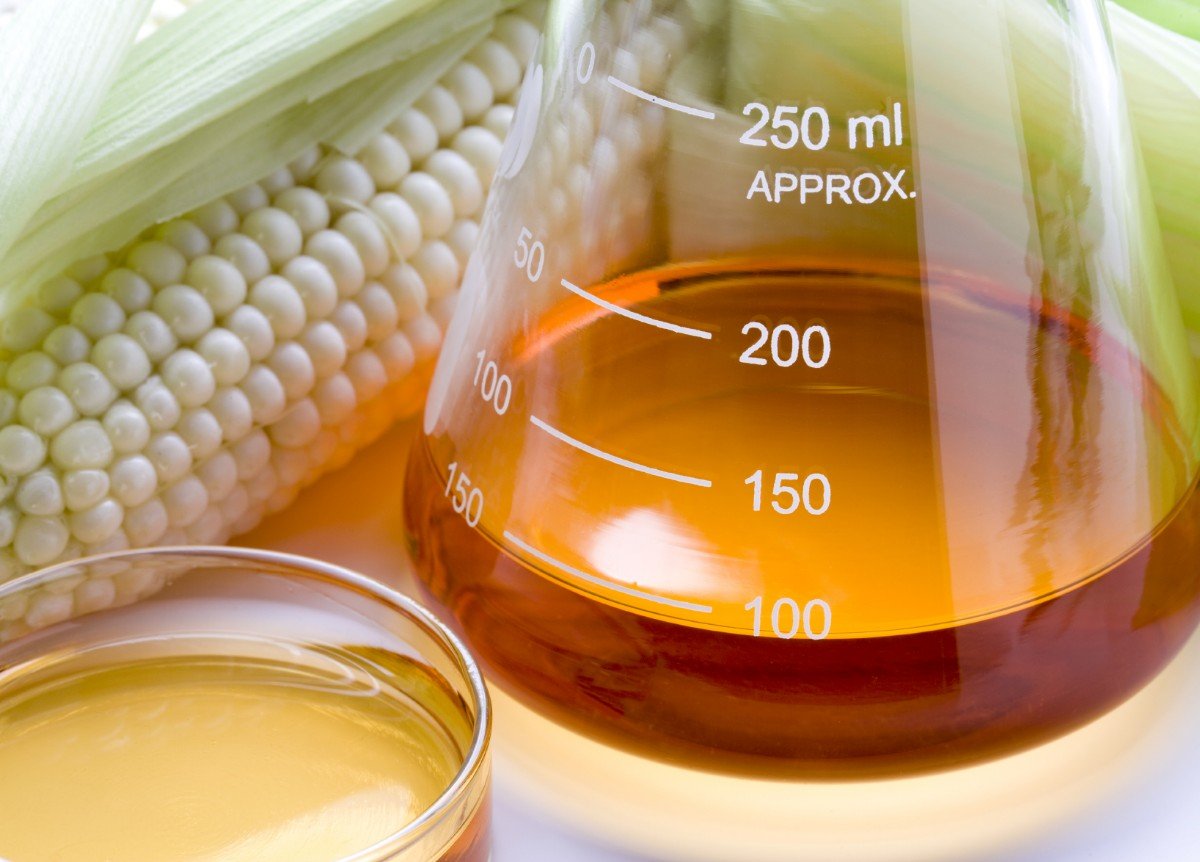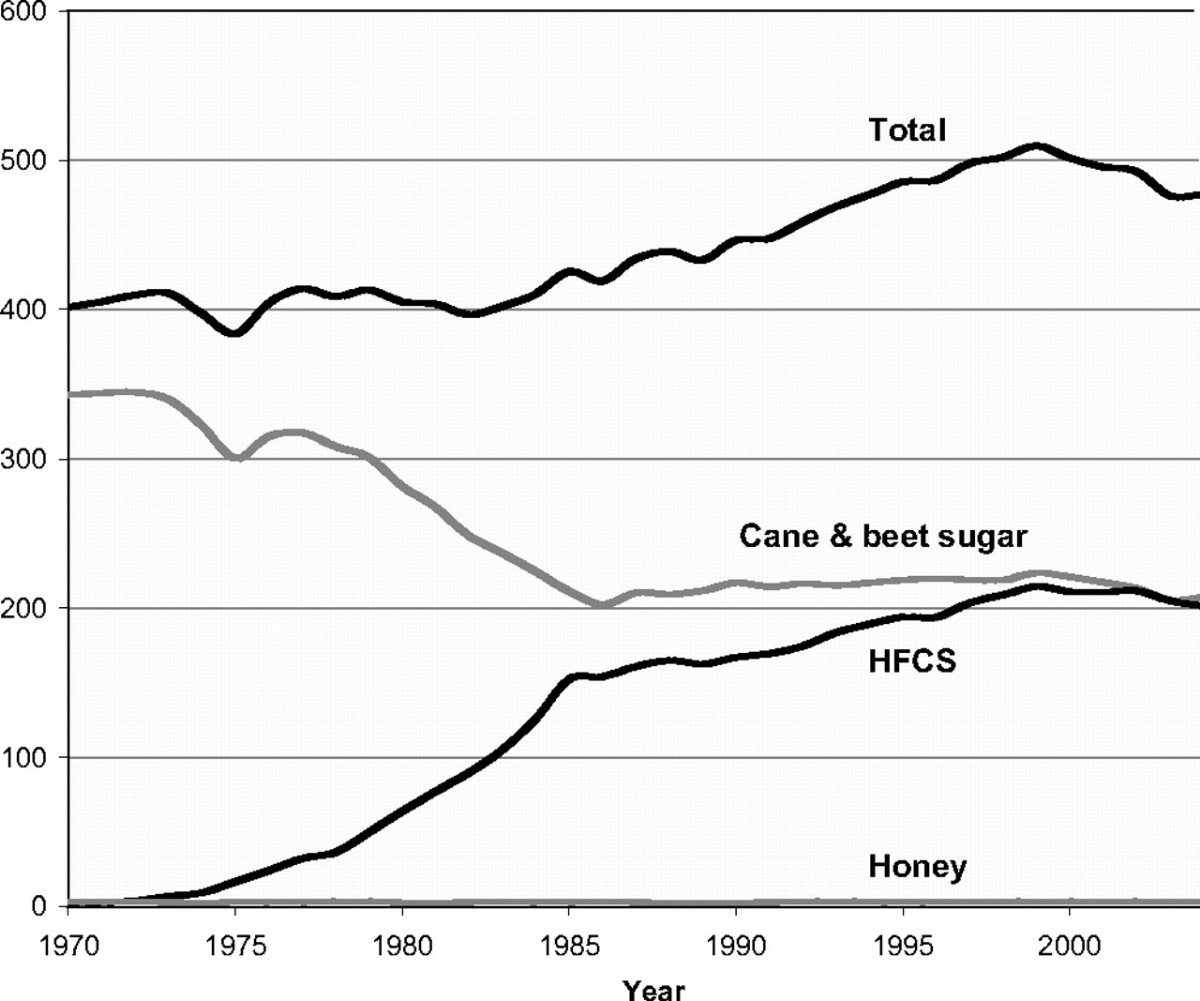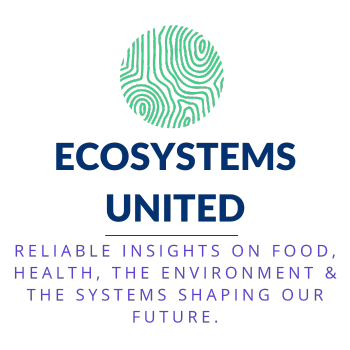high fructose corn syrup: what it is, what it isn’t, and how it affects the body

The Rise of High Fructose Corn Syrup
Our bodies love the sweet stuff—we can’t really help it. This preference is a leftover survival strategy from our primitive days when sweetness signaled safe, high-calorie foods that helped sustain energy levels. Before the rise of modern agriculture, finding calorie-dense foods was essential for survival.
However, in today’s world, this biological preference is exploited by food manufacturers who know exactly what sells. High fructose corn syrup (HFCS) has become one of the most widely used sweeteners in processed foods. It is inexpensive, stable, and enhances the flavor of many products. But how did it become so prevalent, and what impact does it have on our bodies?
The Link Between Sugar, Insulin, and Overconsumption
Our craving for sweetness is directly tied to insulin, a hormone produced by the pancreas that helps the body absorb glucose for energy. When excess glucose is present, it is stored as glycogen in the liver, and any surplus glycogen eventually becomes body fat.
Over time, continuous consumption of sugar-rich foods can lead to insulin resistance, a condition where the body’s response to insulin weakens. This is often accompanied by leptin suppression, meaning the body ignores satiety signals and continues craving more food—even when it isn’t needed for energy.
For food manufacturers, this is the perfect scenario. When people eat beyond their actual energy needs, it drives repeat consumption and sales, reinforcing a cycle of overeating and sugar dependence.
Why High Fructose Corn Syrup Became the Industry Standard
Using traditional sugar (from cane or beets) to sweeten foods comes with high costs and supply chain volatility, especially since much of it is imported from southern economies. These economic uncertainties prompted the development of a domestically sourced sweetener, leading to the rise of high fructose corn syrup.
Corn, an abundant crop in northern climates, became the optimal choice for producing an affordable and stable sugar alternative. By the 1970s, HFCS entered the food industry, quickly becoming a dominant ingredient in processed foods.
Manufacturers favored HFCS because:
- It’s cheaper to produce, especially in the U.S., where taxpayer subsidies support large-scale corn production.
- It’s more stable in acidic products (like soda), ensuring a longer shelf life and consistent flavor.
- It integrates easily into a wide range of food and beverage products.

Is High Fructose Corn Syrup Worse Than Sugar?
Despite its widespread use, high fructose corn syrup isn’t significantly different from regular sugar (sucrose) in terms of metabolic effects. Research generally does not support claims that HFCS is uniquely responsible for obesity or other health issues when compared to cane or beet sugar.
However, the key differences include:
- HFCS has already broken down the chemical bond between glucose and fructose, making it more easily absorbed.
- It is heavily subsidized, making it cheaper and more widely used, which increases overall sugar consumption.
The real concern isn’t just HFCS itself, rather how much added sugar people consume because of its affordability and widespread presence in processed foods.
The Future of Sweeteners: A Shift Away from High Fructose Corn Syrup?
With increasing concerns about obesity and metabolic disorders, many manufacturers have begun shifting toward non-caloric artificial sweeteners as a replacement for HFCS. However, these alternatives come with their own controversies, and their long-term health impacts are still debated.
Despite shifting trends, the fundamental issue remains: processed foods are designed to encourage overconsumption, and as long as sweetness drives consumer preferences, sweeteners, natural or artificial, will remain a key ingredient in the food industry.
The Sugar Dilemma
Sweeteners, including high fructose corn syrup, have long been used to enhance food flavor because they appeal to our innate taste preferences. However, its low cost and wide availability have made it even easier to add sugar to more products, increasing the likelihood of overconsumption.
Understanding how HFCS fits into the larger picture of food production and human biology is essential in making informed dietary choices. While cutting out sugar entirely may not be realistic, awareness of how and why it’s added to food can help consumers make healthier decisions.
sources:
- Duffey, K. J., & Popkin, B. M. (2008). High-fructose corn syrup: is this what’s for dinner?. The American Journal of Clinical Nutrition, 88(6), 1722S-1732S.
- Melanson, K. J., Angelopoulos, T. J., Nguyen, V., Zukley, L., Lowndes, J., & Rippe, J. M. (2008). High-fructose corn syrup, energy intake, and appetite regulation. The American journal of clinical nutrition, 88(6), 1738S-1744S.
- Parker, K., Salas, M., & Nwosu, V. C. (2010). High fructose corn syrup: production, uses and public health concerns. Biotechnology and Molecular Biology Reviews, 5(5), 71-78.
- Rippe, J. M., & Angelopoulos, T. J. (2013). Sucrose, high-fructose corn syrup, and fructose, their metabolism and potential health effects: what do we really know?.
- White, J. S. (2008). Straight talk about high-fructose corn syrup: what it is and what it ain’t. The American journal of clinical nutrition, 88(6), 1716S-1721S.
image credit:



